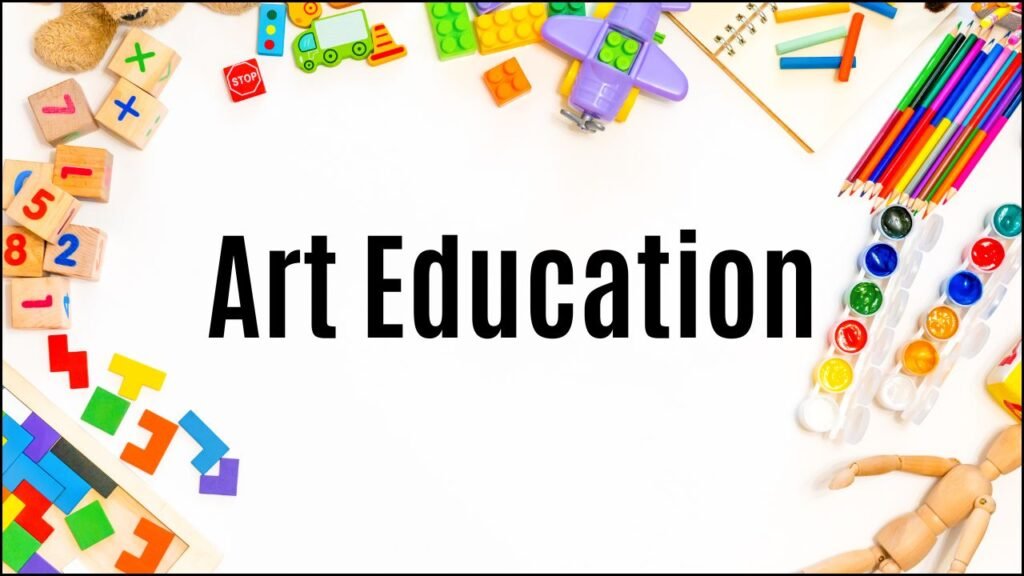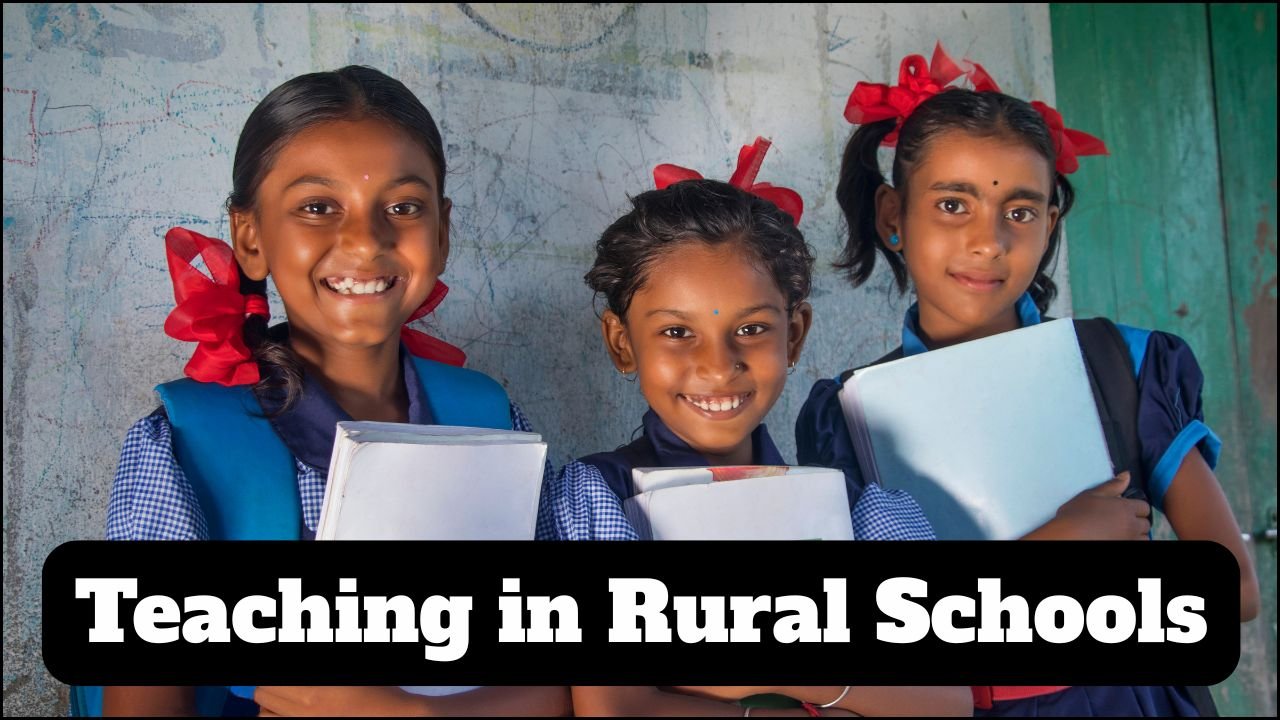
Art education shapes minds, nurtures emotions, and builds essential life skills. At Banyan Tree School, Jaipur, art is treated as a core part of the learning experience. Visual and performing arts—painting, music, drama, and dance—become powerful tools for students to think freely, express emotions, and communicate ideas. More than just making pretty pictures, art education develops young learners into confident, innovative, and thoughtful individuals.
Table of Contents
The Role of Art in Developing Creative Thinking
Creative thinking forms the base of innovation. In art classes, students explore:
- New perspectives – They learn to look at a problem from many angles.
- Original ideas – They are encouraged to create something new rather than copy.
- Freedom to experiment – They can try different methods and accept mistakes as part of learning.
Creative Thinking through Art
| Aspect | How Art Helps |
|---|---|
| Divergent Thinking | Encourages exploring multiple solutions instead of one answer |
| Open-mindedness | Develops curiosity and flexibility in ideas |
| Risk-taking | Allows a safe space to fail, learn, and grow |
| Innovation | Promotes novel approaches in both art and life |
Encouraging Emotional Expression and Self-Discovery
Emotional expression becomes easier through art. Some students struggle to express their feelings in words. Art offers:
- A safe space – Painting or dancing helps process emotions silently.
- Self-awareness – Art helps students understand what they feel and why.
- Personal growth – Creating personal projects builds self-esteem and confidence.
Art and Emotional Development
| Emotional Skill | How Art Education Supports |
|---|---|
| Self-expression | Offers tools like colors, music, and movement to show emotions |
| Reflection | Encourages thinking about personal experiences |
| Confidence | Builds pride through personal achievements |
| Resilience | Teaches how to work through frustration and imperfection |
Building Communication Skills through Visual and Performing Arts
Communication is not just speaking—it includes visual, musical, and body language forms. Through art:
- Visual arts like drawing and sculpture help communicate complex ideas.
- Performing arts such as drama and dance allow expression without speaking.
- Music conveys mood and emotion instantly.
Forms of Artistic Communication
| Art Form | Communication Method |
|---|---|
| Visual Art | Uses colors, shapes, and lines to convey ideas and feelings |
| Theater | Shows emotions and stories through characters and actions |
| Dance | Expresses rhythm, emotion, and mood through body movements |
| Music | Shares messages using melody, tempo, and tone |
Encouraging Collaboration and Teamwork
Teamwork becomes essential when creating group artworks or performances. Students learn:
- To listen to others’ ideas and opinions
- To compromise when differences arise
- To contribute their strengths to shared goals
Teamwork in Art Projects
| Activity | Skills Learned |
|---|---|
| Group painting | Cooperation, sharing resources, and combining styles |
| Music band | Synchronization, timing, and respect for each role |
| Theater performance | Dependability, coordination, and shared storytelling |
| Dance group work | Trust, rhythm, and pattern following |
Fostering Critical Thinking and Problem-Solving Skills
Critical thinking is strengthened when students:
- Make choices about layout, color, and technique
- Solve problems during creation (e.g., fixing a design or adjusting performance)
- Reflect on their work and seek improvement
Critical Thinking in Artistic Practice
| Skill | Example from Art Education |
|---|---|
| Decision-making | Choosing color schemes or stage positioning |
| Analysis | Evaluating what works well in a project |
| Problem-solving | Adapting when tools or materials don’t behave as expected |
| Curiosity | Trying new mediums or combining styles |
Cultural Awareness and Appreciation through Art
Art opens windows to different cultures, teaching respect and understanding:
- Art history lessons teach about civilizations and traditions.
- Music and dance forms from other countries show global diversity.
- Collaborative projects help students appreciate each other’s backgrounds.
Cultural Learning through Art
| Art Form | Cultural Insight Gained |
|---|---|
| Folk painting | Reveals stories, values, and symbols from local communities |
| Classical dance | Teaches myths, traditions, and historical context |
| World music | Highlights instruments, rhythms, and styles from different regions |
| Festival art projects | Shows customs, rituals, and meaning behind celebrations |
The Therapeutic Benefits of Art Education
Art acts like therapy—it relaxes the mind and heals emotions. Students use art to:
- Reduce stress from academic pressure
- Cope with emotional changes during adolescence
- Feel calm through repetitive or expressive activities
Therapeutic Effects of Art
| Benefit | How Art Helps |
|---|---|
| Stress relief | Drawing and music soothe nerves |
| Self-care | Personal art journals give a quiet outlet |
| Emotional regulation | Dance or singing helps channel strong feelings |
| Mental health awareness | Increases understanding of one’s emotional state |
Preparing for the Future: Art Education and Career Pathways
Career readiness is another benefit. Art-related skills are valued in:
- Creative industries like design, music, and film
- Marketing and tech where visual storytelling is key
- Architecture and animation, combining art with technical knowledge
Careers Supported by Art Education
| Career Field | How Art Education Contributes |
|---|---|
| Graphic design | Teaches layout, typography, and color theory |
| Fashion design | Builds sketching and styling skills |
| Architecture | Encourages creative spatial thinking |
| Performing arts | Develops performance, stage presence, and storytelling |
| Product design | Combines functionality with aesthetic appeal |
Art Education at Banyan Tree Jaipur
Banyan Tree School, Jaipur, recognizes the power of art:
- Curriculum includes music, dance, drama, and visual art from the early years.
- Student showcases give a platform to perform and present.
- Competitions and workshops promote growth and learning from peers.
Art at Banyan Tree School, Jaipur
| Area | Initiative/Practice |
|---|---|
| Curriculum | Regular art classes across grade levels |
| Performances | Annual plays, musical evenings, and dance showcases |
| Student projects | Thematic exhibitions and collaborative murals |
| Skill development | Guest artist sessions and creative workshops |
Looking Ahead
Art education builds the foundation for a student’s personal, social, and creative development. It enables them to think differently, feel deeply, and express freely. Schools like Banyan Tree Jaipur are proving that when art becomes a part of everyday learning, students grow into emotionally aware, imaginative, and capable individuals.
In today’s world, where creativity is as important as knowledge, art education offers the tools for future success. From emotional health to global awareness, from teamwork to professional readiness, art shapes minds that can innovate, empathize, and inspire.





